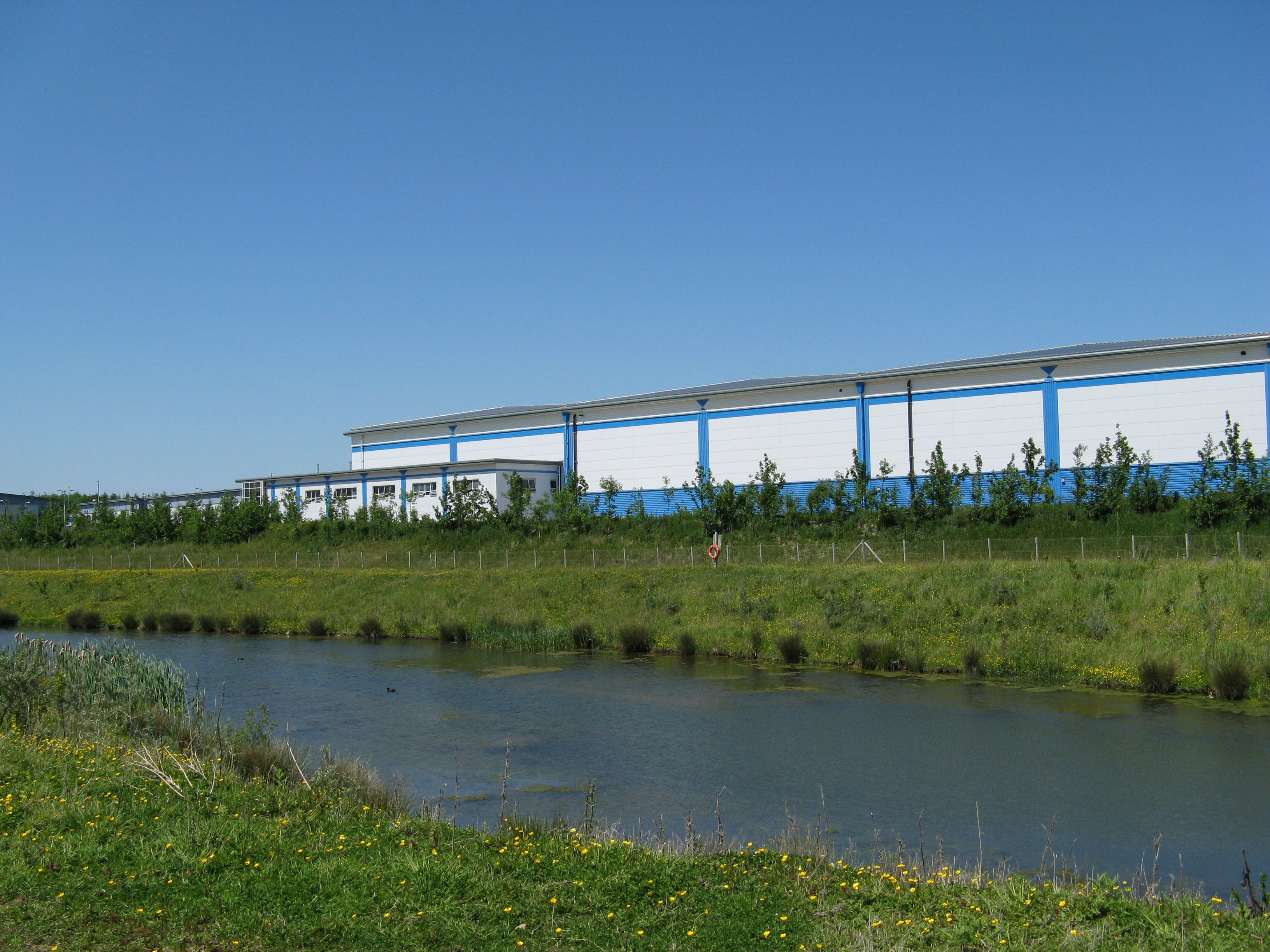Some like it cool: HP/EDS fellow shares data center best practices

I spoke last week with Ed Kettler, a fellow for Hewlett-Packard who comes to the company via HP's acquisition of systems integrator EDS. Kettler has been involved with two major data center overhauls that EDS undertook before it became part of HP, including the retrofit of a facility in Wynyard, United Kingdom, that sucks up 40 percent less energy than a typical data center of comparable size.
According to an EDS positioning paper about green IT, about 70 percent of potential energy being sent to a data center is lost during the transmission. THEN, about half of the remaining 30 percent is devoted to items such as lighting, uninterruptible power supplies and cooling systems. That means a whole lot of wasted electricity.
What specifically is EDS doing to buck this trend?
Let's start with the Wynyard data center (pictured below), which is actually an overhauled ("recycled"), 305,000-square-foot distribution center that will go live in its new role in December 2009.
Kettler said that the following steps have contributed to the data center's PUE (power usage effectiveness) design value of 1.16 (which is better than what's touted by the Green Grid as a best practice).
- Applying a holistic "systems" approach to the entire building. That is, while worrying about the build-out of the data center halls inside, his team thought about things like the sensors that it would use to light the server rows for optimal energy efficiency (and so they would only be on when necessary).
- Replacing the roof, not just to address water penetration hazards but to collect rainwater runoff that is used in the facility's landscaping and firefighting systems. The roof also is reflective, to ensure that as little heat as possible is absorbed.
- Taking advantage of the chilly northern England climate to use outside air for the chillers.
- Opting for low-RPM, high-volume fans that use the facility's two-story design more effectively.
Some of the same principles have also been applied to another facility in Tulsa, Oklahoma, where a move to a new cooling system could save EDS several millions of dollars annually. The Tulsa retrofit is less of an overhaul and more of an expansion that doubles the size of the data halls. The total facility is now 404,000 square feet, which four data halls that each claim 40,000 square feet in space.
Kettler said the design teams for Tulsa used a lot of work to model things like the duct work and piping beforehand in order to optimize where the cooling systems could be placed. The biggest environmental coup for this facility is the new design for cooling, mentioned above. The facility features an 800,000-gallon chilled-water storage tank that can keep the data centers up and running for up to eight hours at a clip without having to revert to the cooling plant systems.
Here's a picture of the Tulsa building, which also had to be built to withstand a Force 5 tornado.
